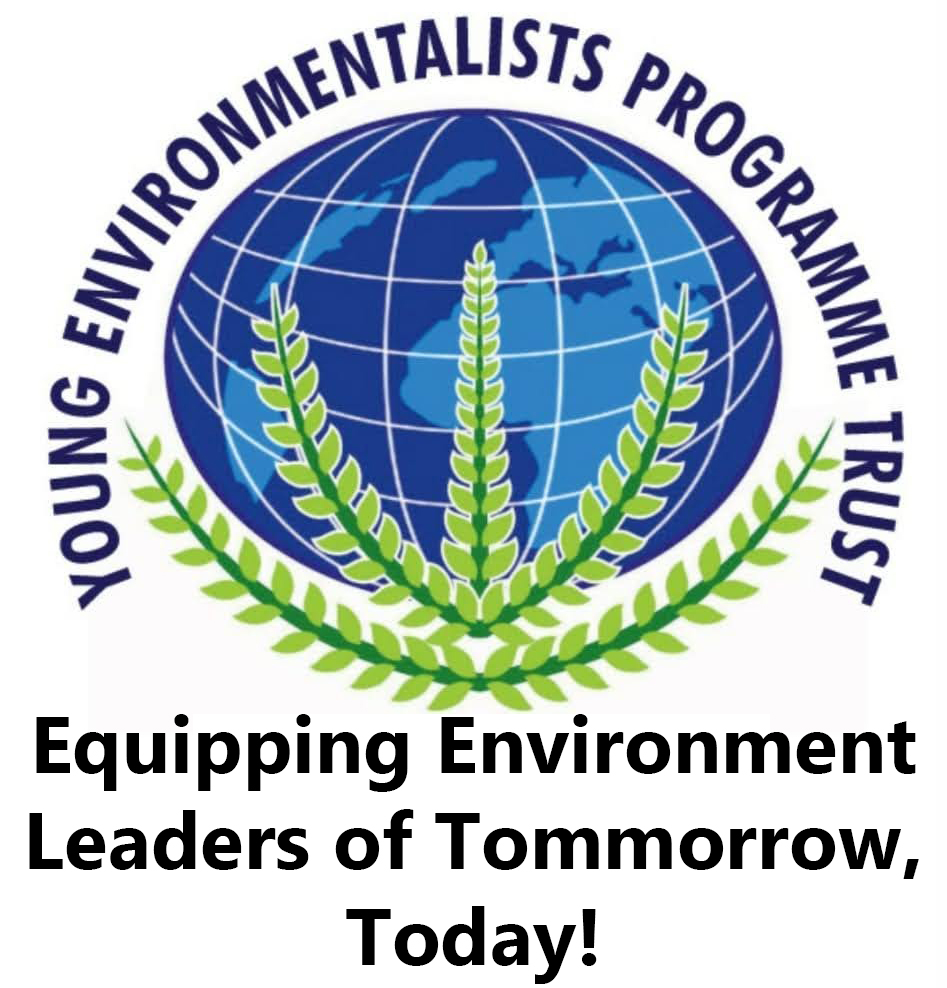We are losing and destroying the foundations of our survival at an alarming rate. The UN declared this declared the 2021-2030 decade of Ecosystem Restoration. This could not have come at a more apt time. In fact, on the contrary, we are running out of time.
According to the UN, ecosystem restoration means assisting in the recovery of ecosystems that have been degraded or destroyed, as well as conserving the ecosystems that are still intact. Healthier ecosystems, with richer biodiversity, yield greater benefits such as more fertile soil, bigger yields of timber and fish, and larger stores of GHGs.
June 5th 2021 witnessed the launch of the UN Decade on Ecosystem Restoration: a global action cry for everyone — from governments to corporations and citizens urged to do their part in healing our ailing planet. While a decade sounds like a long time, it is these next 10 years that scientists tell us matter most in preventing catastrophic climate change and bending the curve on biodiversity loss.
Oceans host 80 percent of the planet’s biodiversity and serve as large carbon sinks, controlling temperatures and providing food, but oceans face unprecedented challenges.
It’s time to work to restore oceans and coasts by:
· Reducing pressure on them
· Letting them recover naturally
· Restoring coral reefs and other key habitats
Evaluating the effectiveness is quite a challenging and diverse task. Even more challenging is the success of coastal marine habitat restoration, which can vary substantially between different habitat types. Moreover, habitat-based restoration has been proven to be an effective tool to address the issues of ecosystem service with regards to sustainability and poverty alleviation. Appropriate conservation management, prior to the implementation of restoration activities, is crucial to create an environment in which restoration efforts are likely to succeed.
Frequently, the ecosystem that requires restoration has been degraded, damaged, transformed, or entirely destroyed as the direct or indirect result of human activities. Restoration of ecology aims at restoring the integrity of ecological systems, therefore, restoring a critical range of variability in biodiversity, ecological processes and structures, regional and historical context, and sustainable cultural practices (SER 1998). As far as the restoration of ocean ecology is concerned, it takes a complicated route.
In the present scenario, passive conservation aims at protecting coastal marine habitats by removing or mitigating environmental stressors (e.g., removing polluting agents, increase water quality, and/or posing ban on human uses at the damaged coastal site). Although when these direct and indirect anthropogenic stressors are once removed, it could allow for the natural recovery of these systems; however, in reality this does not always occur the way it should be. (Perrow and Davy 2002; Cox et al. 2017)
Coastal marine ecosystems are being lost at alarming rates, and for them, passive protection can not be enough (Pandolfi et al. 2003; Hoekstra et al. 2005; Abelson et al. 2015; Doxa et al. 2017). Seagrass beds, mangrove belts, salt marshes, corals, and oyster reefs are important nursery habitats for the species of economic interest (Robertson and Duke 1987; Hemminga and Duarte 2000). Habitat-level restoration in the marine environment concerns mainly coastal marine habitats, such as salt marshes, coral reefs, seagrasses, oyster reefs, macroalgae, and mangroves. Attempts to restore these habitats encompass a variety of different techniques such as transplanting different stages of an organism life cycle. In case of corals, seagrass, and macroalgae, it is the introduction of artificial substrata colonized by the target species, and planting of mangroves and salt marsh plants. This is why looking ahead while keeping a decade or more in view, while calculating restorations is vital.
It is often argued that the restoration-based actions are focused on the present state of ecosystems, not considering the challenges they will face in the future (Harris et al. 2006). Ecological restoration needs to cope with a fast-changing environment, which could lead to complications over projects and reduce the final success of restoration programs (Erwin 2009; Havens et al. 2015)
That’s why marine restoration projects are not always successful. Failures are mainly due to a lack of habitat-based research on a broader geographical range, and reliable success metrics. Therefore, it is essential to check on valuation of ecosystem services to increase public, and stakeholders’ awareness is an important step in marine habitat restoration. Marine habitat restorations are win-win projects. They increase biodiversity, enforce local communities, and buffer climate change. We have the abilities to force such shifting changes through our actions (combined with skills, plans and tenacity). It is now time to unite our efforts and undertake the path of ecological restoration for a better normal and brighter tomorrow.
Through identified segments for restoration, the rigorous networking support systems, consultations and partnership exchange that can be held across all focused degraded regions, along with a range of diverse stakeholders, we can together gain in-depth knowledge and insight around the design and implementation while keeping other development factors in mind so to successfully draw out implementation action to eventually see that “Ecological Restoration” implemented in our own backyard first.
By Elsie Gabriel
National Coordinator — Oceans
The Climate Reality Project India
References:
Laura Basconi, Charles Cadier, Gustavo Guerrero-Limón, Springer.com
